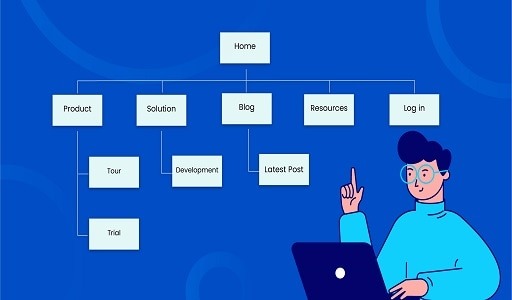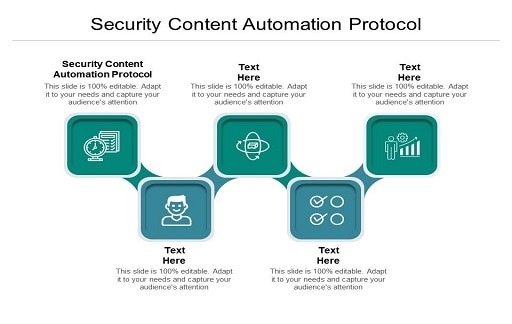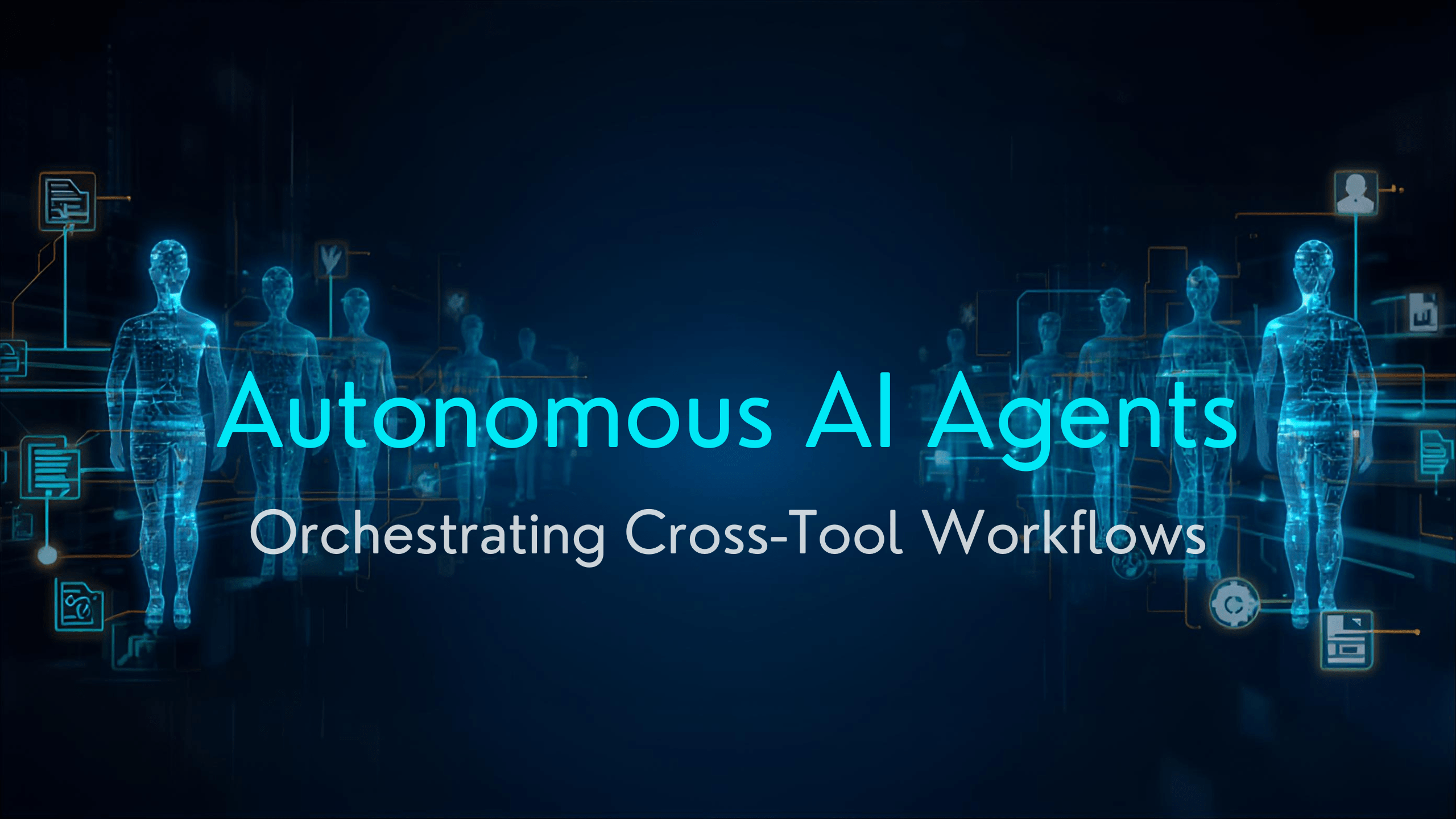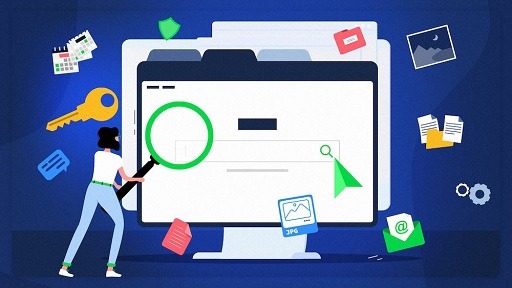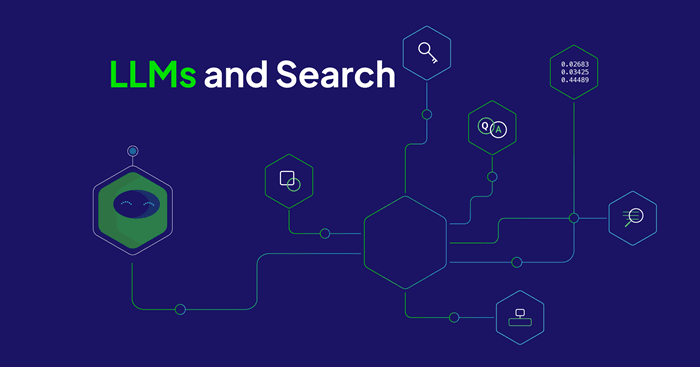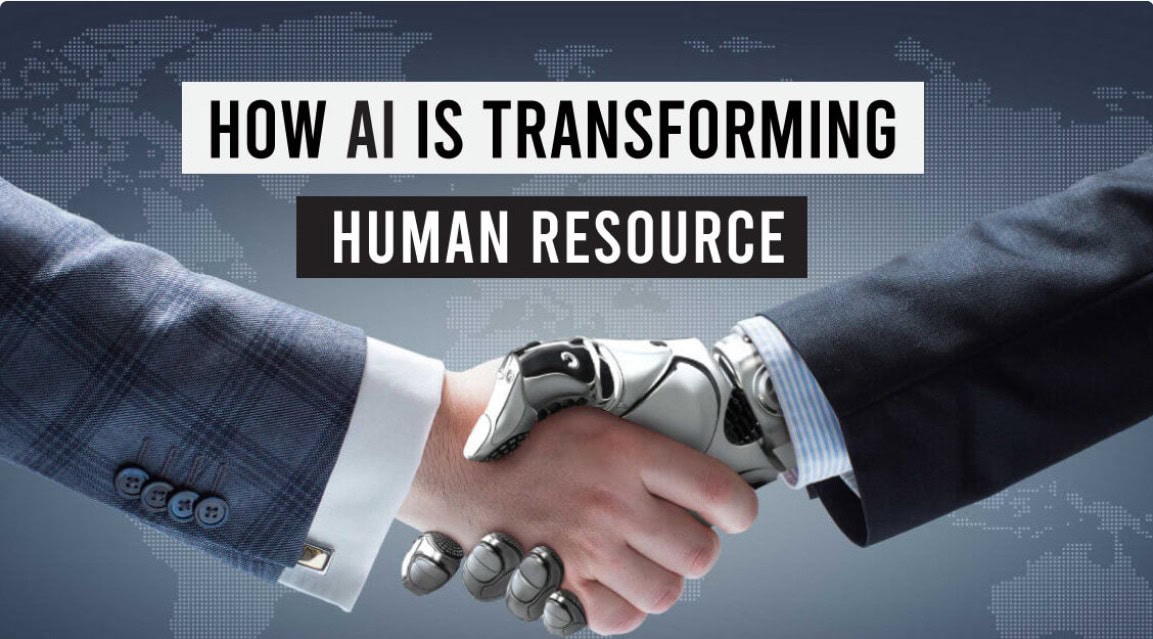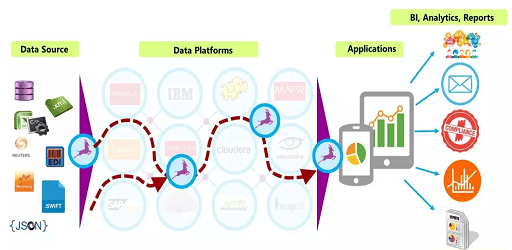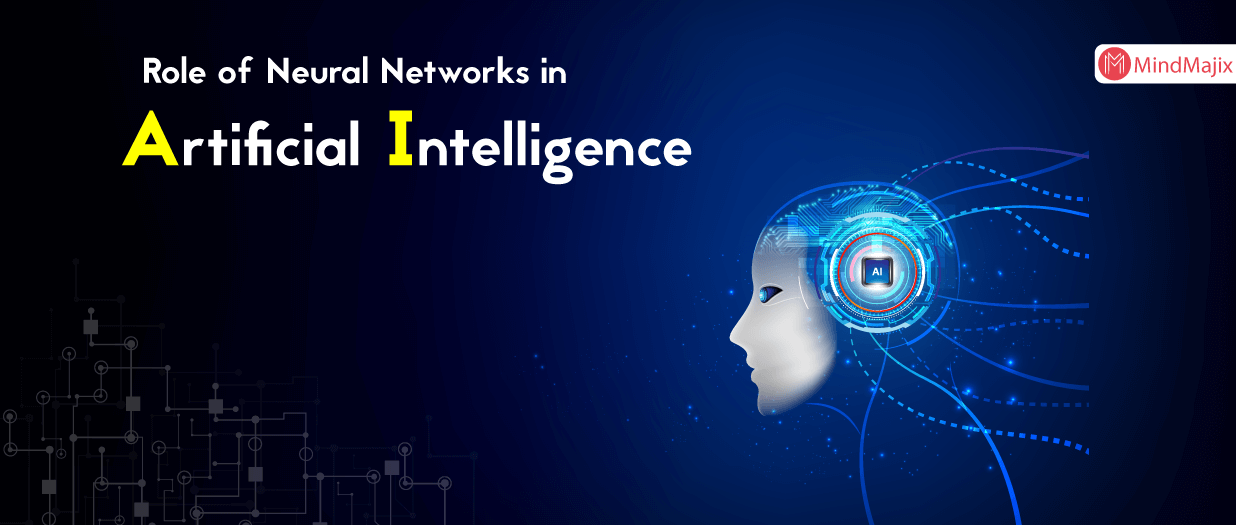Artificial Intelligence: A Modern Approach (AIMA) remains one of the most influential textbooks in the history of computer science. Written by Stuart Russell and Peter Norvig, it has been used for more than two decades to teach students and professionals the fundamentals of AI.
The book has shaped how generations of researchers and developers understand intelligent systems. Yet, since the first publication, AI has evolved far beyond what early editions covered. In 2025, with rapid progress in machine learning, large language models, and robotics, much of what defines modern AI now extends beyond classical algorithms.
This article provides a complete and updated overview of the AIMA textbook, its editions, and what has changed in the AI field since 2022.
Overview of Artificial Intelligence: A Modern Approach
Stuart Russell and Peter Norvig first released Artificial Intelligence: A Modern Approach in the mid-1990s. It quickly became the standard reference in AI education worldwide. The textbook covers fundamental concepts such as search algorithms, logic, reasoning, planning, learning, and perception.
The structure of the book mirrors the progression of how intelligence can be engineered: from basic problem-solving to learning systems capable of adapting to new environments.
Key areas include:
- Intelligent agents and environments
- Problem-solving through search
- Knowledge representation
- Probabilistic reasoning
- Machine learning foundations
- Robotics and computer vision
- Natural language processing
Universities across the world, including MIT, Stanford, and Berkeley, have used this book to teach AI. It is considered the “bible” for anyone beginning their journey in artificial intelligence.
Editions and Publication Updates
The Early Editions
The first edition of AIMA was published in 1995, followed by the second edition in 2003. These versions focused on symbolic AI, search algorithms, and the logic-based reasoning that dominated early AI research.
The third edition came in 2010 and introduced more material on probabilistic reasoning, reinforcement learning, and machine learning. It reflected the growing role of data-driven AI systems.
The Fourth Edition: The Real One
There has been confusion on some online pages about when the fourth edition was published. Many sources have incorrectly claimed it came out in 2016. The truth is, the fourth edition was released in 2020 by Pearson. A global edition followed in 2024.
This edition represents a major change in AI education. It acknowledges that AI is now powered by large-scale computing, data, and machine learning models. It also includes chapters on deep learning, neural networks, computer vision, natural language, and ethics in AI.
The fourth edition is the most complete and up-to-date version available. It is used in more than 1,500 universities and training institutions worldwide.
What the AIMA 4th Edition Covers
The authors redesigned the structure to reflect how modern AI systems are built. It still teaches the theoretical foundations, but with more emphasis on learning-based methods.
New topics include:
- Deep learning and convolutional networks
- Probabilistic graphical models
- Reinforcement learning with neural networks
- Natural language understanding and generation
- Multi-agent systems
- AI ethics, fairness, and safety
The book provides Python examples and links to online resources, code implementations, and problem solutions on the official AIMA website.
Modern AI Developments Since 2022
Artificial intelligence has moved faster in the last three years than in the two decades before it. The changes are not just technical; they also affect how AI is taught, understood, and applied.
1. Rise of Foundation Models
Large language models (LLMs) have transformed the way machines understand and generate language. Systems such as OpenAI’s GPT-4 and GPT-5, Anthropic’s Claude, and Google DeepMind’s Gemini have shown that a single model can perform multiple tasks across domains.
AIMA’s latest chapters help students understand how these systems are built using neural architectures called transformers.
2. Self-supervised and Few-shot Learning
Instead of relying on labeled datasets, AI now learns from massive amounts of unstructured data. Self-supervised learning allows models to find patterns without explicit human annotation. This has made data preparation easier and faster.
3. Multimodal AI
Modern systems can now interpret and generate text, images, audio, and video simultaneously. Multimodal learning is driving breakthroughs in robotics, healthcare imaging, and education technology.
4. Reasoning and Planning in AI
AI research is now focused on improving reasoning. Techniques like chain-of-thought prompting and tool use have enabled large models to solve problems step-by-step rather than predicting text blindly.
5. AI Ethics and Regulation
Governments are introducing laws to regulate how AI can be used. The EU AI Act, US AI Bill of Rights, and similar policies in the UK, Nigeria, and Asia focus on privacy, bias control, and transparency.
The AIMA textbook now includes sections on responsible AI, explaining the social and legal effects of automation and decision systems.
6. AI in Science and Medicine
AI is now a core part of scientific research. It helps design new drugs, model climate systems, and predict material properties.
The AI Index Report 2024 introduced a full section on how AI supports science and medicine, marking a shift from pure computer science to interdisciplinary research.
7. The Limits of Scaling
For years, AI performance has improved by increasing model size and training data. However, recent studies show diminishing returns. This has led to research into smarter architectures, data efficiency, and energy optimization.
Ilya Sutskever, a leading AI researcher, recently warned that as reasoning power increases, AI systems become less predictable and harder to control. This concern highlights the importance of responsible innovation.
Why AIMA Still Matters
Even with modern AI systems running on trillions of parameters, Artificial Intelligence: A Modern Approach remains highly relevant. The reason is simple: the fundamentals have not changed.
Understanding search algorithms, logic, and probability is still necessary to design and interpret complex AI systems. While current models automate parts of this process, the human ability to understand and guide these systems depends on the principles taught in AIMA.
The book also bridges traditional AI with modern machine learning. It shows how symbolic reasoning can be combined with statistical methods to build interpretable, reliable systems.
How to Use AIMA Effectively
If you are learning AI today, the best approach is to combine AIMA with modern resources:
- Use the official AIMA website for exercises, Python code, and project ideas.
- Explore online lectures from universities like Stanford and MIT that use AIMA as their base.
- Pair the textbook with practical tutorials on frameworks like TensorFlow, PyTorch, and Hugging Face Transformers.
- Follow current AI research papers to see how the theories in AIMA apply to LLMs, reinforcement learning, and robotics.
For businesses, the principles in AIMA help teams understand the reasoning behind AI automation and decision-making tools. This understanding is essential when deploying AI responsibly in marketing, logistics, and customer service.
The Future of AI Education
AI education is changing rapidly. Textbooks like AIMA are now complemented by interactive learning tools, coding labs, and cloud-based simulations. Universities and companies are also integrating AI ethics into their training programs.
In the next few years, expect new updates to include:
- Broader coverage of generative AI and creative intelligence
- Deep integration of AI safety and governance frameworks
- Real-world case studies in business, healthcare, and public services
- More emphasis on multimodal systems and agent-based AI
As AI becomes part of every industry, understanding both the foundational theories and the new architectures is essential.
Conclusion
Artificial Intelligence: A Modern Approach continues to be the cornerstone of AI education. While the world of AI has shifted toward large language models, deep learning, and multimodal intelligence, the textbook provides the conceptual foundation every AI engineer or researcher needs.
The latest edition, released in 2020 and republished globally in 2024, integrates modern developments such as deep learning, probabilistic reasoning, and AI ethics. Yet, new areas like generative models, reasoning systems, and AI governance are now expanding the field beyond what even the authors predicted.
In 2025, the study of AI is no longer limited to algorithms and programming. It now includes responsibility, fairness, and the safe use of intelligent systems that affect billions of lives. AIMA helps learners and professionals connect these threads, bridging classical AI theory with the modern world of intelligent automation.
For anyone serious about AI, start with the principles in Artificial Intelligence: A Modern Approach, then apply them to the systems shaping our future.


